Ever felt like your mind is always racing and no matter what you do, you can’t find any single moment of peace? Is there a simple way to press the pause button on the madness of everyday life? If your answer is yes, then this article is for you because it will discuss transcendental meditation (TM) as the solution.
What is Transcendental Meditation?
Transcendental Meditation (TM) is a simple technique that reduces intrusive thoughts and induces a state of relaxed awareness. Several studies suggest that TM brings about considerable benefits like reducing anxiety, managing stress, and controlling blood pressure.

The TM program involves silently repeating a mantra in your head. The purpose here is to bring one’s body into restful alertness. During transcendental meditation, while the body becomes deeply relaxed and quiet, the mind stays awake but unoccupied with unwanted thoughts. This allows such meditators’ active minds to settle inward until they go beyond pure consciousness.
In this state, the body experiences complete stillness, restfulness, balance, and a total lack of mental boundaries. The main objective of this meditation is for both the mind and body to experience a state of relaxed awareness.
Read More: 20+ Best Meditation Music For Stress and Anxiety Relief
Origins and history of Transcendental Meditation
Transcendental Meditation (TM) was developed in the 1950s by Maharishi Mahesh Yogi, an Indian guru who drew inspiration from the ancient Hindu Vedas. Despite its origins, TM is a secular practice, free from any religious, philosophical, or lifestyle commitments.
Maharishi presented it as a scientific technique and identified the meditative state as the fourth state of consciousness, alongside waking, sleeping, and dreaming.
Born as Mahesh Prasad Varma, Maharishi began his spiritual journey as a disciple of Swami Brahmananda Saraswati, also known as Guru Dev, in the Indian Himalayas. Following his guru’s death in 1953, Maharishi dedicated himself to developing a meditation technique accessible to everyone.
By 1955, he had adopted the name Maharishi Mahesh Yogi and began teaching his method across India before expanding his reach globally. He officially introduced TM to the United States in 1959, where it quickly gained popularity. One notable moment in TM’s history was when the Beatles, intrigued by Maharishi’s teachings, traveled to Rishikesh, India, in 1968 to study TM under his guidance.
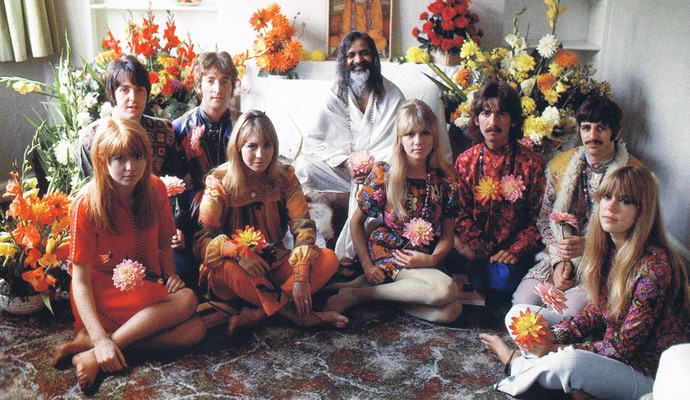
In the following decades, Maharishi continued to promote TM worldwide, establishing meditation centers and training teachers. He passed away in 2008 in the Netherlands, estimated to be around 91 years old. His legacy lives on through the widespread practice of Transcendental Meditation.
How does Transcendental Meditation work?
Transcendental Meditation is simple. You just have to sit comfortably, preferably somewhere no one would disturb you for 20 mins. Do this twice each day. TM is based on the principle of repeating a single mantra over and over while breathing through the diaphragm in a relaxed way.
A mantra- usually a single word or sound that becomes the object of your attention during that span of time. These sounds help guide your attention away from active thinking to a deeper level of self-awareness.
Read More: Meditation As A Spiritual Practice: Spiritual Meditation Meaning and Benefits
How does Transcendental Meditation differ from mindfulness?
While it is a rookie mistake to confuse transcendental meditation and mindfulness, those who have been practicing for a while will tell you that they are very different. Rather than returning the attention to the breath, body, or other objects as we do during mindfulness meditation, TM focuses on a specific mantra or sound that liberates rather than trains the mind. This allows the mind to settle effortlessly into a silence more profound than the present moment.
The prevalence of stress in modern life
How often do you hear someone say, “I’m stressed out”? Probably way more than you would like. From teens to adults, we are all feeling the heat. Whether it’s the exam pressure or work commitments, no one is spared from the side effects of stress – fatigue, panic attacks, sleep problems, the list goes on. This is whether transcendental meditation comes into the picture.

Introducing Transcendental Meditation (TM) as a solution
As we have mentioned, TM helps you enter a state of deep relaxation – one much deeper than what we gain from normal rest or sleep. This state helps the body to release stress and tension that has built up over time.
Moreover, regular practice of TM has been shown to reduce the levels of cortisol, which is the stress hormone, in our body. Lower levels of cortisol in the body essentially mean you feel less anxious and are able to handle stress much better.

Transcendental meditation also helps to balance our emotions. This makes us less reactive to stressors and promotes a calm and centered state of mind. TM practitioners have also reported improved sleep quality. Better sleep helps our body and mind to repair and rejuvenate. Thus, helping us feel fresh and energized.
Other Benefits of Transcendental Meditation
1. Improved Cardiovascular Health: Transcendental Meditation is said to have a positive effect on cardiovascular health. It lowers blood pressure and reduces the risk of heart attack and stroke. The relaxation response also helps in dilating blood vessels and improving blood flow.
2. Enhanced Cognitive Function: The supporters of TM have reported improved focus, memory, and cognitive function. TM can help increase brain coherence and promote more efficient brain function. These benefits can enhance creativity and problem-solving abilities.
3. Emotional Well-being: Practicing TM regularly can also reduce symptoms of depression and anxiety and promote overall mood and emotional well-being.z
4. Reduction in Addictive Behaviors: TM has also been found helpful in reducing addictive behaviors, including smoking and alcohol consumption. Since practicing TM helps to reduce stress, this in turn makes it easier for individuals to overcome cravings and maintain a healthier lifestyle.
Read More: The Beginner’s Guide To Meditation
Conclusion
So, that brings us to the end of this transcendental meditation guide. Transcendental meditation techniques have helped millions in the last few decades to cope with anxiety and depression and even improved their overall quality of life. Just 20 minutes, twice a day, can make a huge difference. Try these transcendental meditation steps out for yourself and see how you feel.
Happy meditating! Do not forget to come back and tell us about your experience with transcendental meditation.
Frequently Asked Questions (FAQs):
How does transcendental meditation reduce stress?
TM brings about stress reduction via deep relaxation and wakeful restfulness. In TM, the mantra repetition helps to take the mind beyond normal thinking to profound stillness. The relaxation response coming from it reduces the production of stress hormones such as cortisol and decreases blood pressure and anxiety, thus mitigating the physiological and psychological impact of stress.
Does transcendental meditation really work?
Indeed, countless research has established that the practice of Transcendental Meditation helps lower stress levels, increase cognitive abilities as well as improve one’s general state of mind and health.
How powerful is Transcendental Meditation?
Transcendental Meditation (TM) is considered powerful due to its ability to reduce stress, improve mental clarity, and enhance overall physiological and psychological well-being, supported by extensive research demonstrating its benefits.


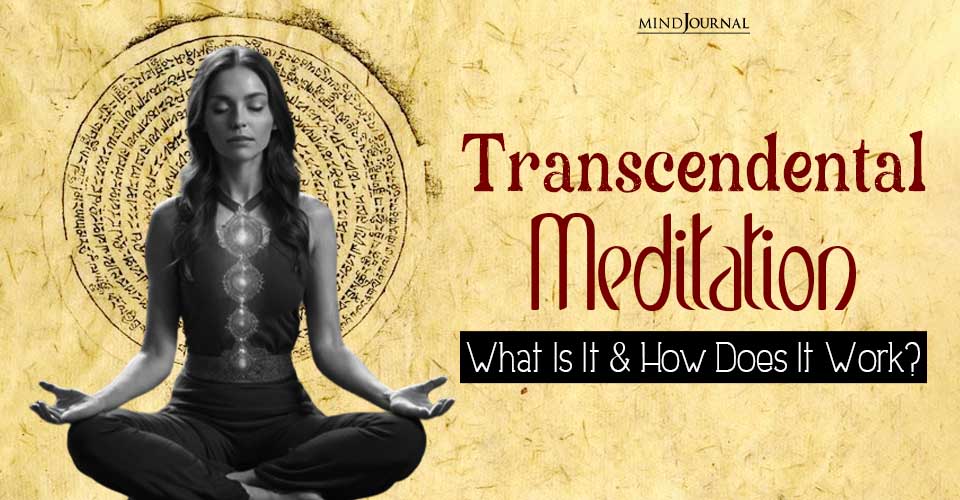

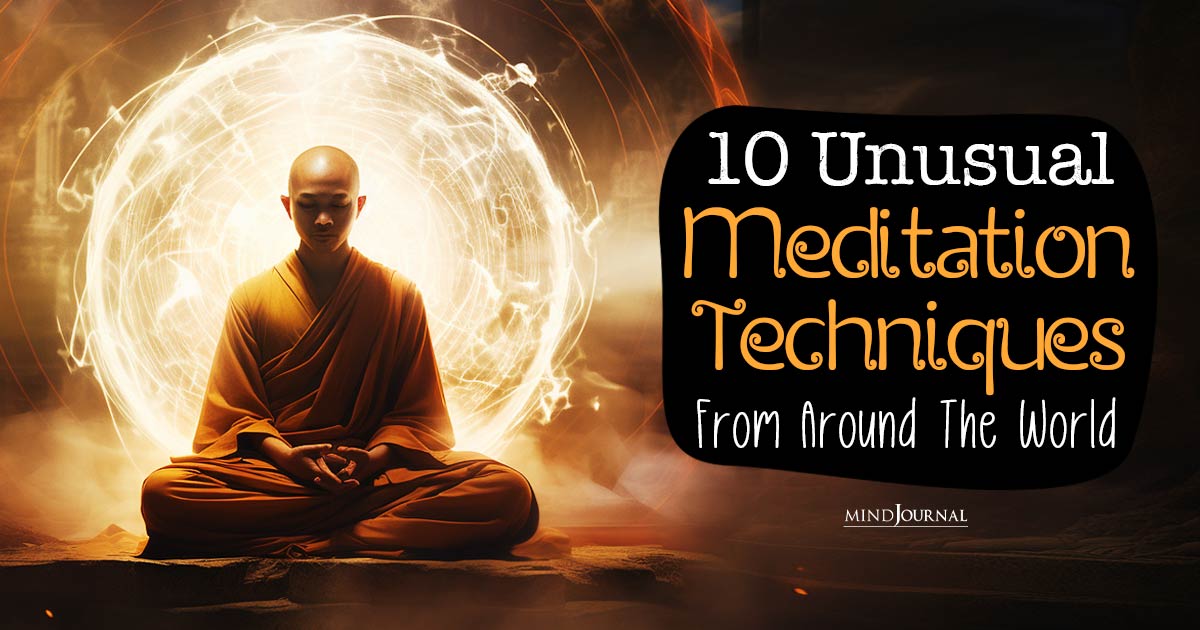

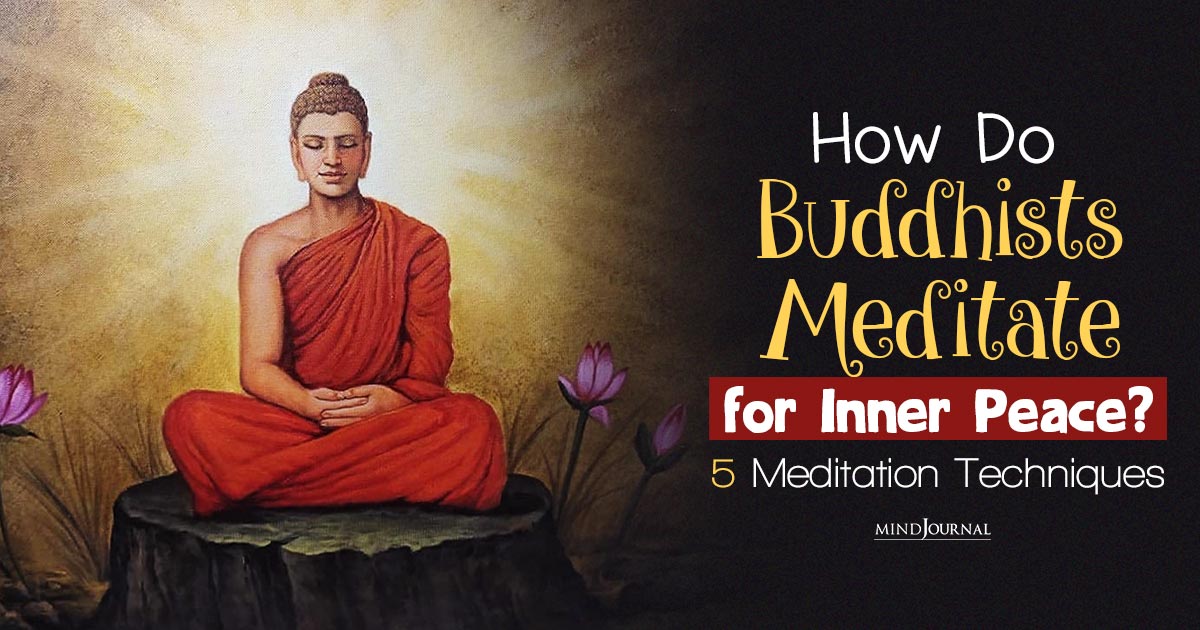


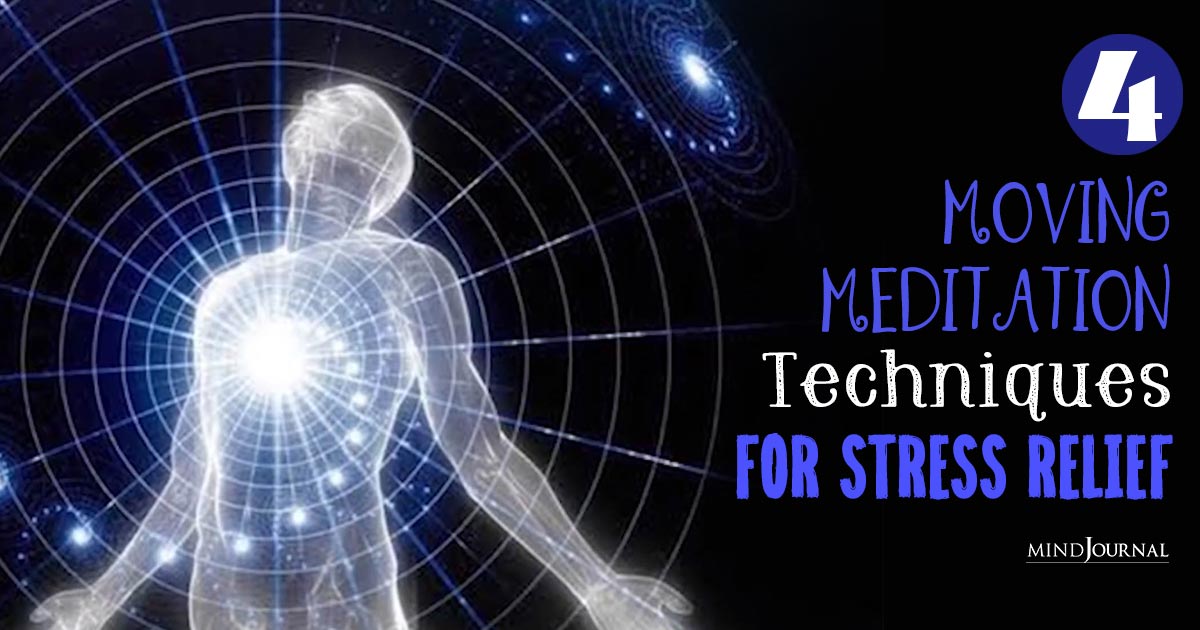
Leave a Reply